Simple Machines – Principle Models: Levers
The lever is a simple machine, a rigid bar or solid Object, that is used to transfer force.

Connect
(5-10 Minutes)
Things to talk about:
• What do you know about this simple machine?
• Where do we use this simple machine?
• Why do we use this simple machine?
Relate students’ answers to some of the images from “Images for Classroom Use” or find ideas from the “Overview: Levers” section to stimulate students’ interest.
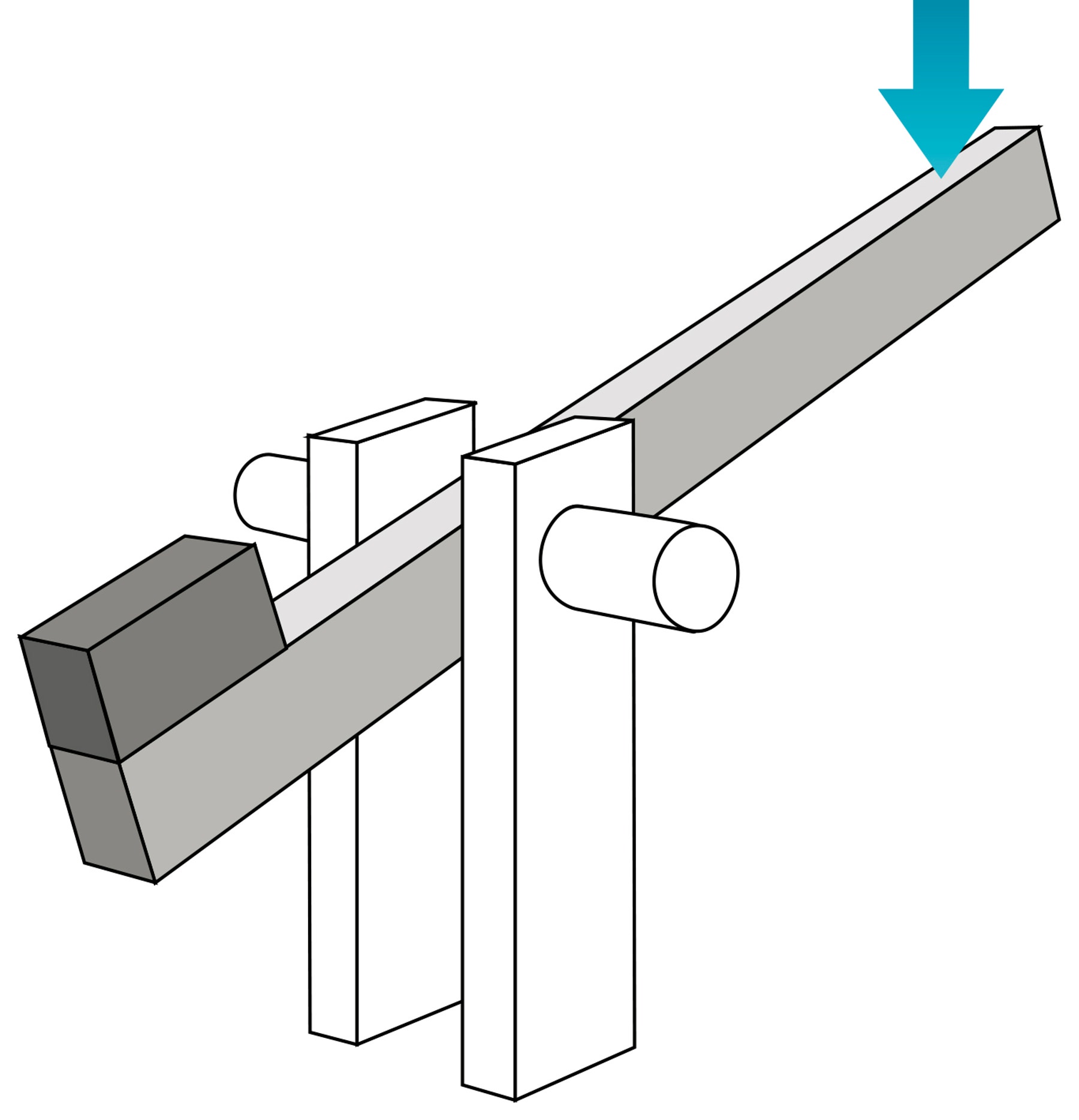
Construct
(5-10 Minutes)
Build C1 (First class lever C1).
Follow Building Instructions C, pages 4 to 12, steps 1 to 10.

Label the lever.
Draw lines from the words to the picture of the model.
First class levers have the pivot positioned between the effort and the load.

Classify an item.
Which real life item is a first class lever?
A crowbar is a first class lever.
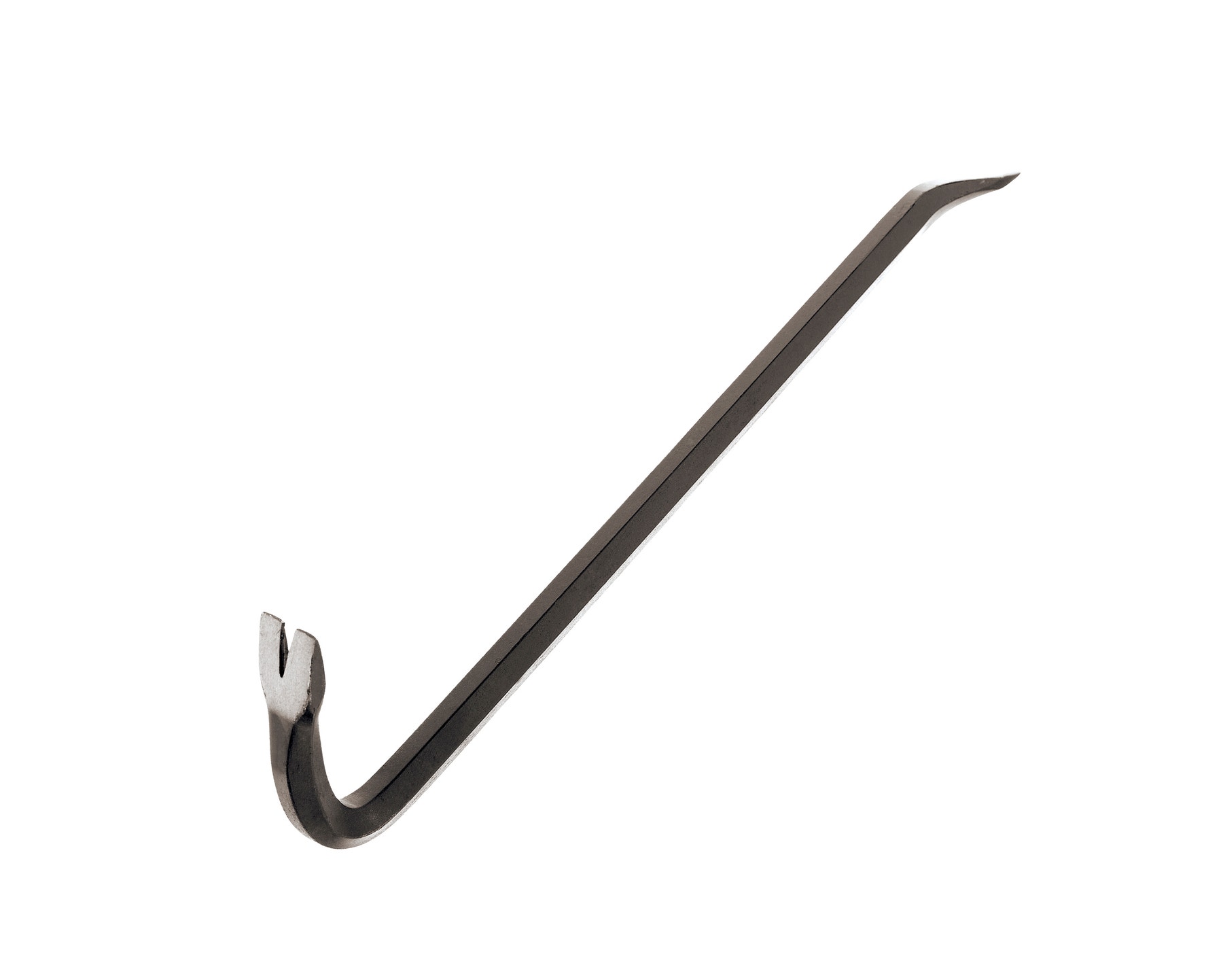
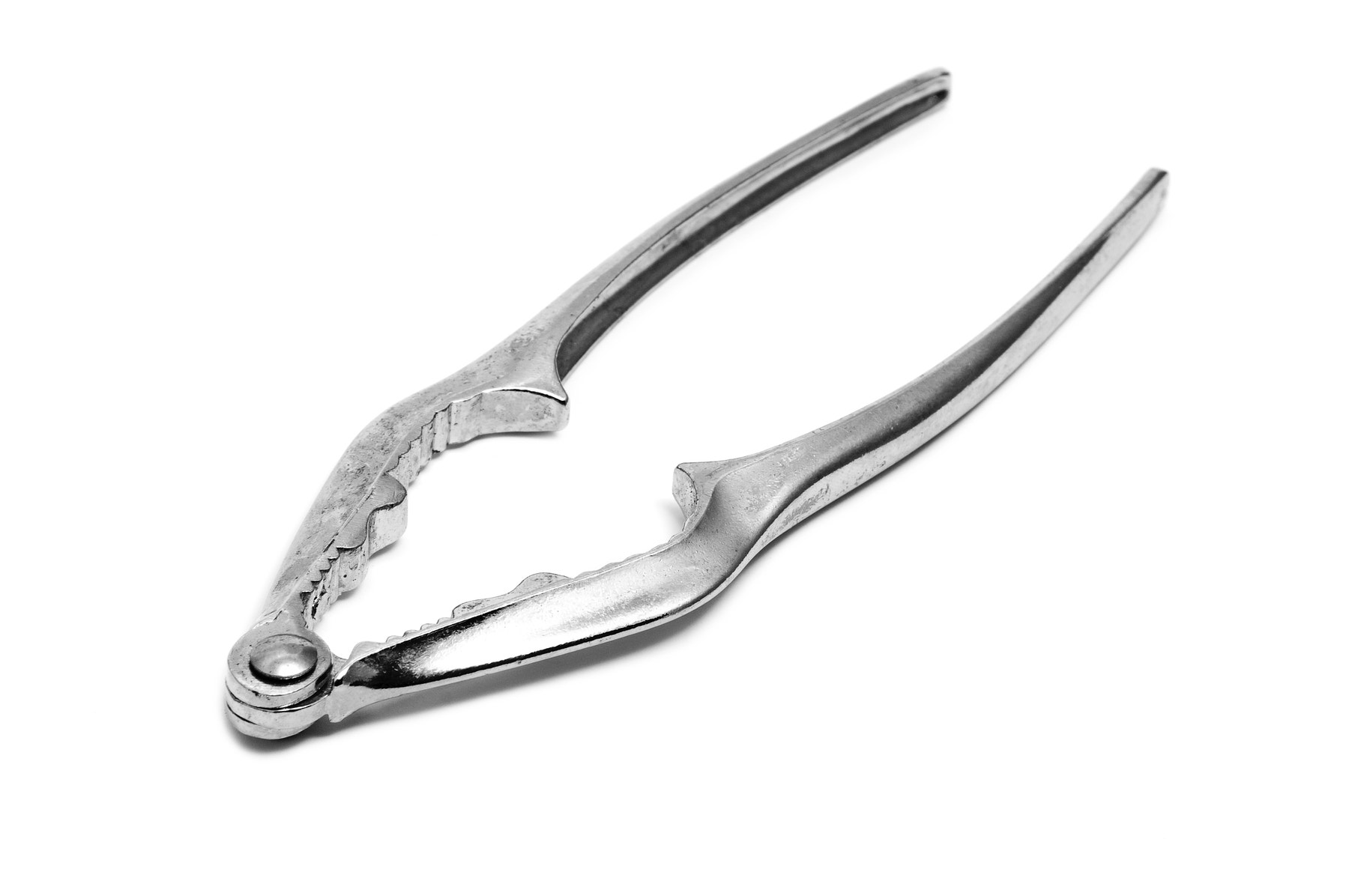
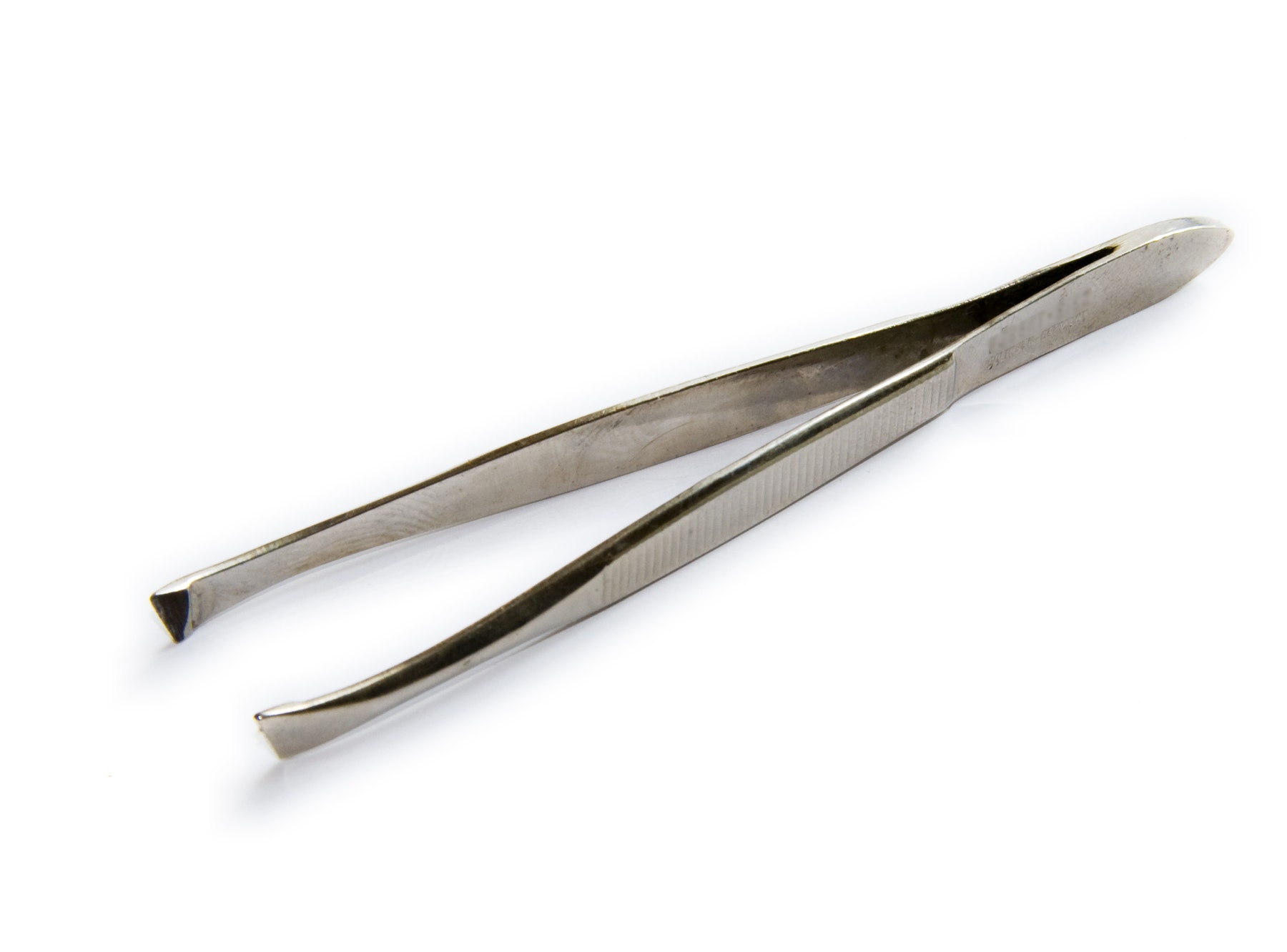
Contemplate
(5-10 minutes)
Try out the model and make observations.
Try out lever C1. Assess and make a note about the amount of effort needed to move the load.
Construct
(3-5 Minutes)
Build C2 (First class lever C2).
Follow Building Instructions C, page 14, step 1.

Contemplate
(3-5 minutes)
Try out the model and make observations.
Try out lever C2. Assess and make a note about the amount of effort needed to move the load. Observe how the difference in length from the pivot to the load affects the amount of effort needed to move the load.
After testing both levers, compare your observations and explain, either by writing your answer or by drawing with different sized arrows, how much effort is needed with each lever.
Lever C1 needs the least amount of effort (the smallest arrow) to move the load, because it has the shortest distance from the pivot to the load compared to lever C2.
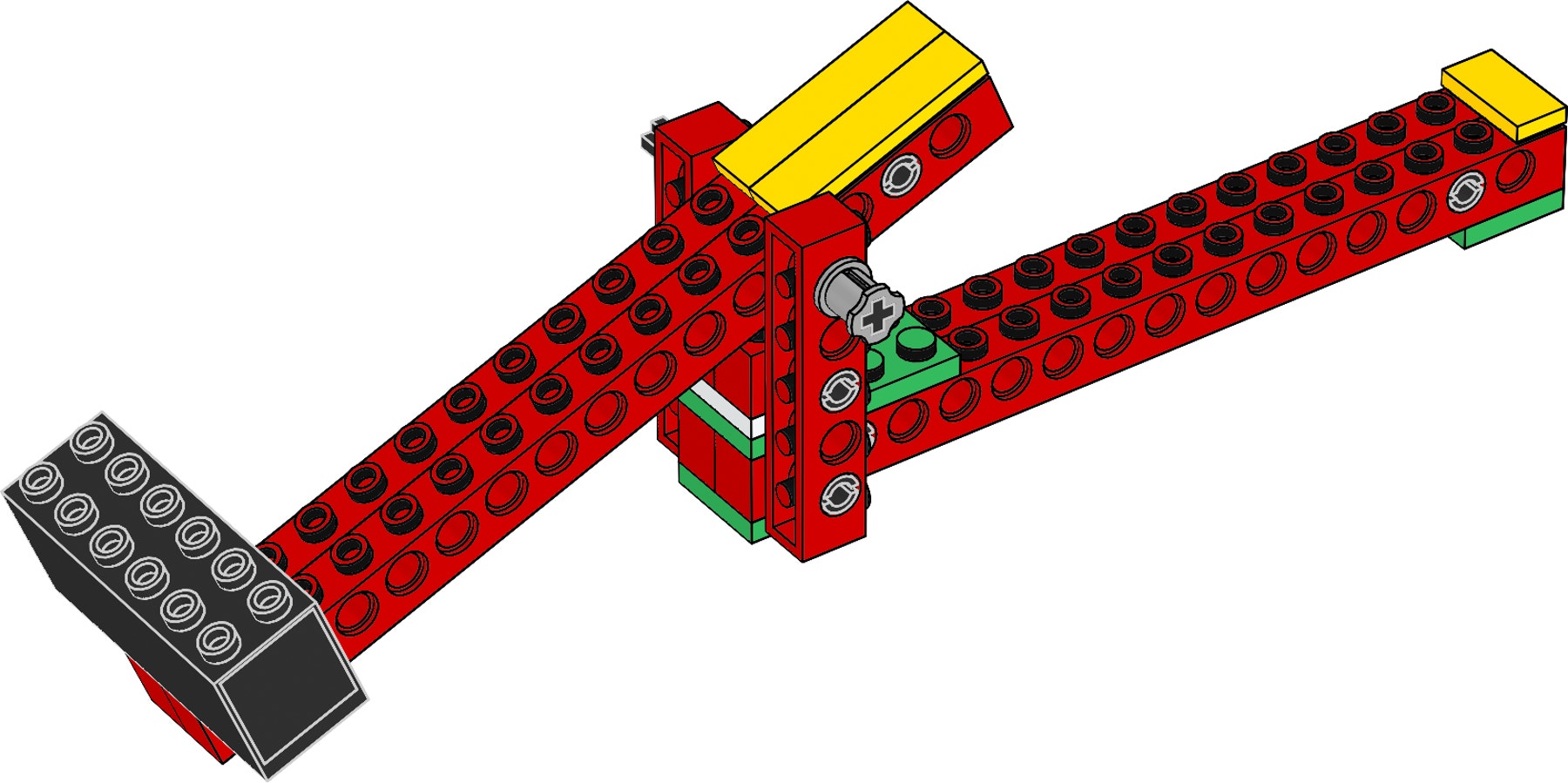

Continue
Try other lessons!
Now that you have mastered the principles of pulleys try the Catapult lesson.
Teacher Support
Students will learn to:
Apply a force at a distance
Change the direction of a force
Increase force
Increase movement
NGSS
Disciplinary Core Ideas: Physical Science
MS-PS2 Motion and Stability: Forces and Interactions
Crosscutting Concepts
Cause and effect: Mechanism and explanation
Stability and change
Science and Engineering Practices
Developing and using models
Planning and carrying out investigations
Planning and carrying out investigations
Analyzing and interpreting data
Constructing explanations and designing solutions
Obtaining, evaluating, and communicating information
Mathematical practices
MP5 / MP6
Common Core English Language Arts
W.3.2 / W.4.2 / W.5.2 / SL.3.1 / SL.4.1 / SL. 4.3 / SL.5.1
Student Material
Share with:
 Google Classroom
Google Classroom



